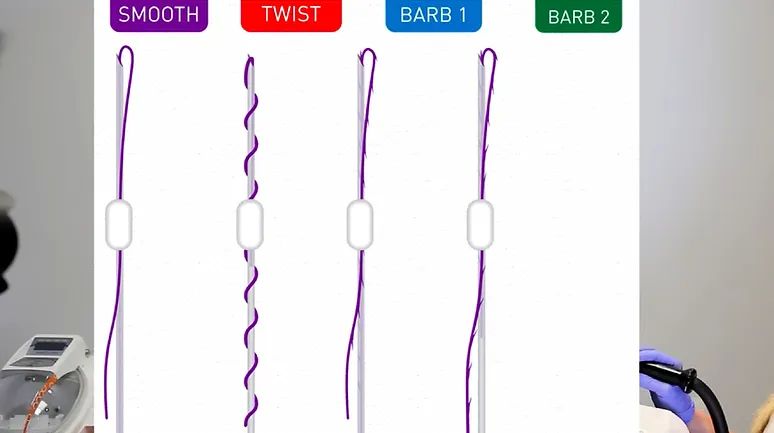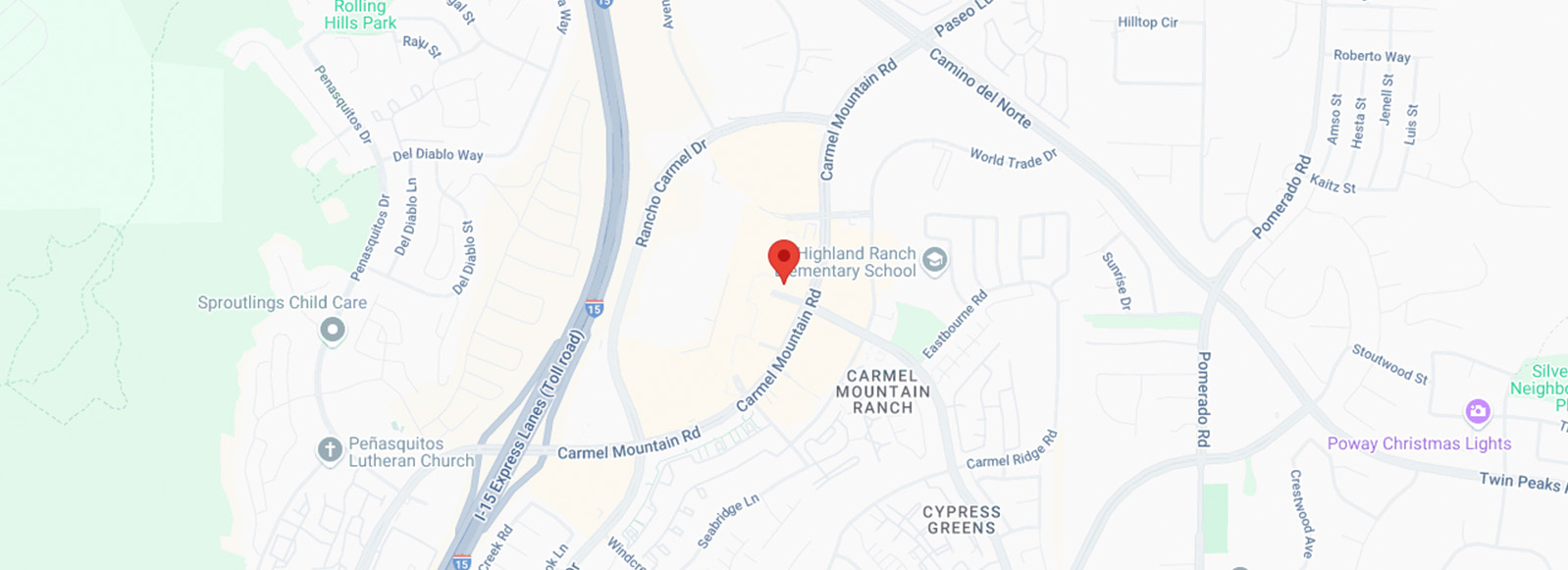Threads are placed with very little discomfort due to topical cream anesthesia that is applied for 20 min prior. The down time is generally none, but you will feel face tightness for 3-5 days after the procedure. There is no scarring and minimal if any bruising. The procedure can last from 15 to 60 minutes depending on the size and complexity.
Expected and adverse effects of a threadlift
You should expect some mild swelling and soreness for 3-5 days after your procedure. The sensation of mild tightness will last up to 2 weeks.
With smooth and twisted threads, there are very little adverse effects. If they migrate or their placement is somehow not right, they will simply dissolve and be of little significance. That’s because it’s the meshwork of these that makes the physical change, not just one thread alone.
With barbed threads the potential adverse effects can be more involved: temporary and mild dimpling of the skin (which usually resolves in a few days), facial asymmetry, or rarely prolonged pain. Prolonged dimpling and depressions can occur if not placed carefully, which can be later corrected using dermal filler.
More serious side effects are extremely rare but can include infection, nerve damage, formation of granuloma, or very rarely, damage to the salivary ducts.
Before the procedure
No alcohol, caffeine, or smoking 48 hours pre and post-surgery.
Take Arnica tablets and apply Arnica cream for 3 days before to 7 days after to help minimize bruising and swelling.
Avoid Vitamin E, fish oil, green tea, Aspirin, Ibuprofen or other anti-inflammatories for 1 week before the procedure. Blood thinners are a problem.
If you suffer from cold sores please discuss this with the Doctor. You may need to take anti-viral therapy (e.g. Acyclovir) for 3 days before and after the procedure.
The sedative Lorazepam (Ativan) can be prescribed by the doctor if you have anxiety about the procedure, to be taken 30 minutes before your procedure. Plan for a driver to bring you and take you home.
After the procedure:
For the first 24 hours please reduce speaking/laughter to minimize facial movements (can be painful); for the first 48 hours gntly apply cold compresses on and off to the threaded skin areas. No pressure to the face; use extra pillows and support when sleeping; sleep on your back.
Do not pull your face down, raise your eyebrows or smile for the first 3 days.
No drinking with straws as this distorts the facial muscles. Drink plenty of fluids. Avoid very hot drinks.
Do not use makeup (women) for 2-3 days; avoid shaving your face (men) for 10 days after the procedure (because of involuntary grimacing).
No heavy or strenuous exercise, just light exercise (e.g. walking) for 14 days.
To aging beautifully and feeling good,
Michael Cutler, M.D.











